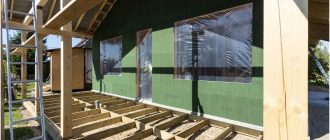Hardboard: what is it? This product is classified as sheet building material, made from various types of waste paper, wood and woodworking industry by hot pressing with various additives. In a broader concept, these are fibreboard (FIB), however, with certain physicomechanical properties and qualities. The article discusses the characteristics of this material in more detail.

Hardboard: what is it? General concepts and methods of manufacturing material
A method of manufacturing fiberboard is governed by GOST 4598-86. This technical concept refers to the material, which included a variety of materials, including relatively soft. Hardboard – the name is everyday and is not mentioned in the specified regulatory document. The front surface of the plates, as a rule, is smooth, can be varnished, painted, lined with plastic or decorative film. The main difference of this material from DVP consists in structure, namely – hardness. Organalit is called only dense sheets, one side of which is decorative-facing. Photos of hardboard clearly demonstrate its structure.

Such material greatly simplifies and accelerates the finishing and construction work, and is indispensable when covering the walls and ceilings of rooms, flooring, the device of internal partitions. In practice, hardboard has no alternative in the manufacture of furniture, packaging and packaging. Its main advantages are low cost, ease of cutting, processing and installation.
To give the material certain properties in the production process in the raw material include the appropriate components. Adding the necessary substances can improve this or that indicator. The composition of fibreboard includes the following components:
- binders (synthetic and phenol-formaldehyde resins) provide a dense and durable structure;
- polymers (pectols, etc.) improve the strength and mechanical properties;

- hydrophobic substances (paraffins, rosin, etc.) are used to impart moisture-proof and water-repellent properties to the product;
- antiseptic components improve biostability, prevent the appearance of mold and rot;
- flame retardants give a certain resistance to fire.
Technical documentation allowed to use only low-toxic resins. The content of the binder in the material should not be more than 1.3% of the total initial mass.
Important! If your chosen material has a strong chemical odor (high content of formaldehyde resin), then it is better to abandon its use in residential areas.

Hardwood grades are divided into types according to the physicomechanical characteristics. These qualities must be considered when choosing it.
The difference can be seen immediately with an external examination. The surface of the plates may or may not have a coating, be smooth on one or two sides. There are products with a decorative layer on only one of the surfaces, while the reverse has a corrugated structure. The smoothness of the material can be achieved in various ways: by painting, varnishing, applying a film or plastic, by lamination.
The corrugated surface of the back side of the sheet makes the material cheaper. It is ideally suited for gluing on durable surfaces, as well as in cases where the decorative function does not matter.
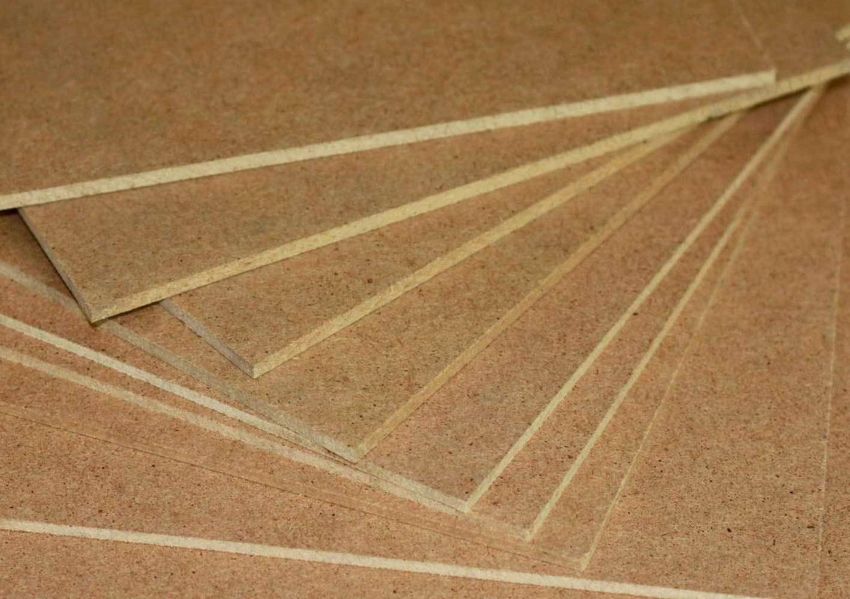
There is no need to purchase more dense and, accordingly, more expensive sheets of hardboard, if they are intended only for rough work. On the contrary, if the material will be used for exterior decoration, it is better to use more solid and durable plates coated with laminated film. Accordingly, such sheets of hardboard will be more expensive, but in this case it is justified.
Conventionally, the whole variety of hardboard can be divided into the following types:
- soft material “M”;
- semi-solid material “NT” (brand ПТс220);
- solid material “T” (grade TC450, 400, 350, 300);
- superhard material “ST” (grade STS500);
- refined sheets;
- sheets with no surface.
Marking “M” means soft hardboard. The sheet has a density of from 100 to 500 kg / m ?. Visually, the surface structure resembles a cork coating. It can be used for interior decorating (walls, ceilings, floors) and partitions.
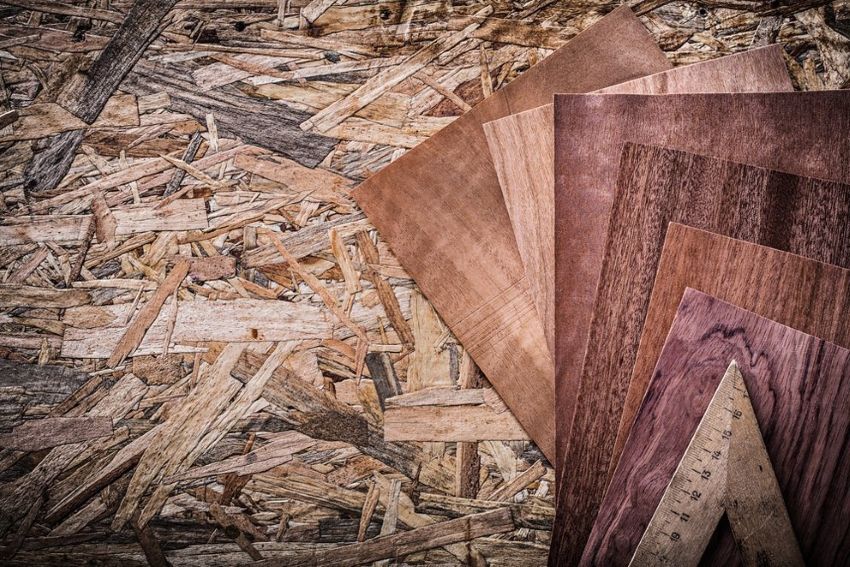
Marking “T” refers to hardboard. Does it have a density in the range of 500-800 kg / m? and visually its structure is similar to cardboard. The material has a certain moisture resistance, especially in combination with moisture-resistant coatings and has the strength to bend the sheet. Hardboard can be used in construction work, used in the manufacture of packaging, manufacture of furniture and joinery.
Marking “ST” means superhard hardboard. It has a density of 800-1100 kg / m ?, has a very strong structure and can be used in construction, furniture manufacturing and other fields.
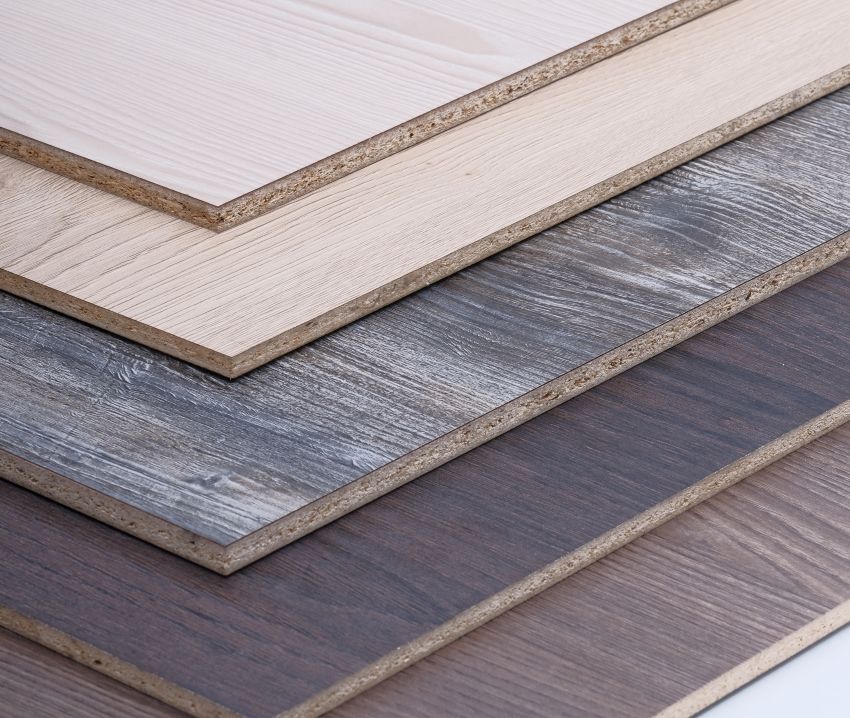
Since this material can be considered a kind of fiberboard, they have the same labeling and classification. According to GOST 4598-86, products differ in surface type, density and strength:
- “T” – solid sheet with untreated front surface;
- “TS” – a solid sheet with a front layer of finely dispersed wood pulp;
- “TP” – a solid sheet with a painted front surface;
- “T-SP” – a solid sheet of fine wood raw material with a painted front surface;
- “T-B” – a solid sheet of high water resistance with an uncoated surface;
- “T-SV” – a solid sheet of finely dispersed wood raw material with a painted front layer and high resistance to moisture;
- “NT” – a solid sheet of low density (or semi-solid);
- “ST” is a superhard sheet of increased density and strength with an uncluttered front surface;
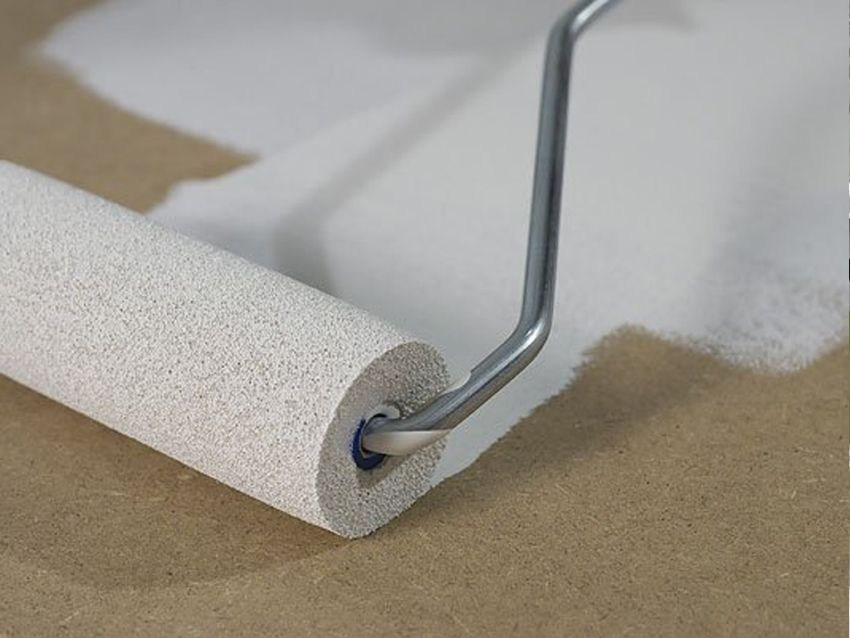
- “STS” is a superhard sheet of fine wood raw material of increased strength and density with a refined face layer.
Depending on their physicomechanical characteristics, hard fiberboard sheets of the Т, ТП, ТСП and ТС brands belong to groups A and B, and are divided according to the surface quality into grades I and II.
Paints, varnishes or films are used to refine the surface of the orgalit. A universal option is white hardboard. Most often it is used in the manufacture of internal surfaces of furniture, cabinets, drawers, as well as in the manufacture of packaging.
General characteristics by type of fiberboard are shown in the table:
| Characteristics of the material | M3 | M2 | M1 | NT | ST | T, tc, TP, T-sp | T-CB, Tv |
| Humidity,% | – | – | – | – | – | five | 3 |
| Density of fiberboard, kg / m? | 100-200 | 200-350 | 200-400 | Over 600 | 950-1000 | 800-1000 | 850-1000 |
| Ultimate tensile strength, MPa | Undefined | 0.32 | 0.3 | 0.3 | |||
| Ultimate bending strength, MPa | 0.4 | 1.1 | 1.8 | 15 | 47 | 38-33 | 40 |
| Daily thickness swelling,% | Undefined | 40 | 13 | 23-20 | ten | ||
Resistance to moisture in different brands of fibreboard is not the same. As can be seen from the table, semi-solid fibreboard (brand NT), when in water during the day, swells by 40%. Material brand ST (superhard) – withstands the same test with a swelling of 13%. The best indicators are for brands TV and T-SV.
Given this property, they can be considered as moisture-resistant orgalit in their group. The TV brand is made, as a rule, without external coating and is used for the construction of partitions in the conditions of possible humidity and for the manufacture of furniture. Brand T-SV has the same scope, but more aesthetically attractive because of the decorative and obverse surface.

Important! Not all fibreboards can be used in rooms with high humidity and temperature. During transport, avoid contact with water.
The surface of the hardboard can not only give any color or put on it a diverse pattern. Decorating of this material with a plastic film is also widely used. The price of laminated hardboard per sheet is much higher, however, this material has several advantages:
- increased mechanical strength (decorative layer protects against accidental scratches and damage);
- practicality (the laminated coating is less soiled, easy to clean);
- durability (major manufacturers claim a service life of up to 20 years);
- aesthetic characteristics (a wide choice of various shades and structures, lamination can imitate wood, stone, tile).
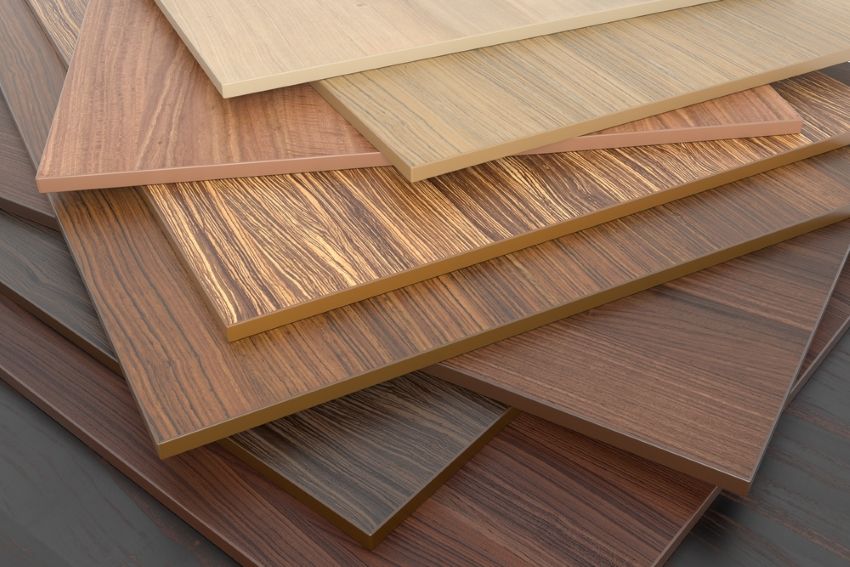
Depending on the quality of the coating and the manufacturer, prices for laminated products may vary. The average cost is 950 rubles per sheet.
The dimensions of the plates offered by the manufacturers can be very diverse and have a length of 1.2-6 m and a width of 1-1.8 m. However, products of such sizes are most often used for industrial purposes. The standard size of a sheet of hardwood, suitable for domestic use, is 2140×1220 or 2750×1220 mm.
Possible sizes of various types of hardboard (DVP):
| Parameter | Soft stamp | Semi-solid, solid and superhard marks |
| Length, cm | 122, 160, 180, 250, 270, 300 | 214, 244, 274.5, 305, 335, 366 |
| Width, cm | 120, 170 | 122, 152.5, 183, 214 |
Important! Estimate in advance the size of the sheets you purchase and the method of their transportation to the place of repair. Almost all stores of building materials provide the service of cutting material, if it turns out to be inconvenient for transportation.
Fiberboard sheet has dimensions and characteristics that comply with GOST 4598-86, 19592-80 and 8904-81. These regulatory documents are old, but are valid with amendments.
| Title | Sizes, mm | Price per sheet, rub. | Price per m ?, rub. |
| DVP “T” | 2745x1700x3.2 | 230 | 49 |
| DVP “ST” | 2440x1220x3.2 | 145 | 47 |
| Fiberboard packing | 2745x1220x3.2 | 165 | 48 |
| Fiberboard insulating | 2750x1830x16 | 730 | 220 |
| DVPO | 2745x1700x3.2 | 350 | 75 |
Helpful advice! Before buying carefully inspect the plate. Outside, first-class products should not have any dimples or chips.
In conclusion, we can say that the hardboard is a versatile material that can be used for the manufacture of furniture, finishing work, as the main material for low-cost interior doors. A variety of types of fibreboard can satisfy all your building needs.

